The attractions of Hong Kong are often thought to revolve exclusively around the brightly lit, energetic metropolis of the city. What is forgotten is that the area known under the cumbersome name of the Hong Kong Special Administrative Region, extends beyond the vibrant streets of the city proper into pleasant island areas of great aesthetic and cultural interest.In all likelihood, however, your Hong Kong journey will begin in the urban part of the region, which is easily accessible from the airport.
This is a city where east meets west: the architecture is either a curious mix of modern western buildings with oriental trimmings or an out-and-out juxtaposition which sees a temple structure stand opposite a lofty skyscraper. You can visit the Science Museum or the Museum of History, and moments later take in the banking district of Statue Square or the Wong Tai Sin Temple. Such is the mismatched wonder of Hong Kong.Getting around is relatively easy.
Tourists are advised to pick up an Octopus Card, which stores credit that can be used on any form of transport, including ferries, as well as at restaurants and stores.Out of town, Hong Kong offers numerous underrated natural charms. The Dragon's Back Ridge just behind the city (and to the south) offers exciting views of more than 200 Hong Kong islands. You can visit waterfalls and old towns along the route. Over the ridge, the Shek O Beach provides respite from the city atmosphere. The Ping Shan Heritage Trail, to the northwest, tracks past old face brick homes and forts, abandoned towns from the agricultural age of the region, and up into the impressive heights.
Victoria Peak
Victoria Peak is Hong Kong's number one tourist attraction and its popularity is unwavering. Much of the pleasure derived from a trip to Victoria Peak lies in the journey to its summit. The funicular railway or peak tram has steadily made its way up the mountain since 1888 and the route is extremely steep and rather thrilling, with spectacular views. Energetic travellers can scale the real peak that extends 140m (459ft) above the tram terminus. From the top, marvellous vistas open out onto central Hong Kong and across to Kowloon.Victoria Peak used to serve as a hill station in colonial times and later became the location of exclusive summer homes. Today it is a popular tourist spot offering a cooler vantage point from which to contemplate the pleasures of travel to the region. The Peak Tower on the summit housesnumerous attractions, like a Ripley's Believe it or not 'Odditorium', shops and restaurants. The Sky Terrace offers a stunning 360-degree panoramic view across the Hong Kong skyline - probably the best view of the city you could find - and there is the added attraction of The Sky Gallery, which showcases the works of the city's talented artists. A lot of people choose to go up Victoria Peak at night when the city lights are at their most magical
Hong Kong Disneyland
The fifth Disneyland Resort in the world, but also the smallest, Hong Kong Disneyland offers a magical adventure in four themed lands similar to other parks, namely Main Street USA, Fantasyland, Adventureland and Tomorrowland. Two additional areas, designed exclusively for Hong Kong, are The Grizzly Gulch and Toy Story Land. In Toy Story Land kids can enjoy a number of new attractions, including the Toy Soldier Parachute Drop and the scary RC Racer. In the Grizzly Gulch area the Big Grizzly Mountain Runaway Mine Cars will draw shrieks of delight. Classic rides like Space Mountain can also be enjoyed, and kids can explore Cindarella's Castle, Tarzan's Treehouse and the world of Winnie the Pooh, among other things.
Mickey Mouse and many other famous Disney characters welcome visitors of all ages to the happiest place on Earth. Particular care has been taken to incorporate Chinese culture into the design, such as a feng shui layout, and the omission of the number four in the numbering of floors in each of the hotels. In addition to the numerous rides and various events and attractions, shops sell Disney souvenirs and restaurants offer a variety of food throughout the park.
Western Market
One of the best places to buy souvenirs in Hong Kong, this indoor market is held in a four storey red brick colonial building that was constructed in 1906. After extensive renovation it re-opened in 1991 and now occupies an entire block at the western end of Central Hong Kong. The building houses a variety of shops and stalls that sell a range of products from jade curios and cloissan jewellery to assorted silks and fabrics. The fabric stores are particularly exciting and the second floor of the building is taken over by a veritable mountain of colourful fabrics of all kinds
There is a small restaurant on the first floor, and toilets on the fourth floor. However, if you aren't interested in shopping then this attraction will hold little appeal for you - if you are an architecture enthusiast you can pop in quickly to see the vaulted ceilings but there isn't much to see in the Western Market apart from the merchandise. Admiring the building from the outside will be sufficient for most, and it is often included in walking tours of the area. From the site one can hop onto Hong Kong's ancient double-decker tram headed for Wan Chai, Causeway Bay and Happy Valley.
Hong Kong Police Museum
The Hong Kong Police Museum showcases a display tracing the development and history of the Royal Hong Kong Police Force from 1844 to today. The main exhibit encompasses a significant number of artefacts relating to the Hong Kong Police Force from uniforms and firearms, to historical archives and photographs. Other exhibits look at the major factions which have influenced the status quo, namely the triad societies and narcotics (Hong Kong was founded on the narcotics trade), including a unique look at how heroin is produced.The Police Museum is an interesting visit, which provides insight into the dedication of the officers who have served within this elite force
It is a small but informative museum with a little gift shop attached. It is not an interactive, multi-media exhibit so much as a simple but interesting archive of police history which will delight those interested in the subject but probably bore small children or those indifferent to the subject. There is a pleasant park next door to the museum where you can enjoy some shade and refreshments.
Statue Square
Statue Square is an amalgamation of Hong Kong's contemporary architecture that reaches its most spectacular manifestation in the designs of the Hong Kong and Shanghai Banking Corporation and the Bank of China Tower. The most significant feature of the HSBC building is that it has been designed without a central core, a feat of structural engineering blended with the ultimate in aesthetic principles. There is also a statue of Sir Thomas Jackson outside the building. The Bank of China Tower became a much-debated conversation piece following its construction, largely because of the asymmetrically-designed pinnacle that acquires differing perspectives depending on one's vantage point
The square also contains the Cenotaph, a memorial to those who lost their lives in the two world wars.It is a popular gathering place for locals who meet to share meals and socialise; there is a fountain and seating areas. Over Winterfest there are usually Christmas displays, trees and lights put up in the square, although visitors have reported that the displays have become less impressive recently and other squares and malls have better Christmas arrangements. For those interested in architecture Statue Square is a treat, and the attraction is almost always included in walking tours of the city.
Hong Kong Museum of History
The Hong Kong Museum of History showcases Hong Kong's archaeological, cultural and natural history through a display of cultural objects, artefacts, photographs, traditional costumes and models that span 6,000 years. Glorious period sets tell the story of Chinese life in replicas of village houses, streets and stores. These memorials to the past are contained within an incredible building opened in 2000.
The museum was established much earlier, however, in 1975, and contains artefacts which were originally housed in the City Museum and Art Gallery, which was established in 1962 and became the Hong Kong Museum of Art.The main museum has five interesting branch museums in Hong Kong: the Hong Kong Museum of Coastal Defence at Shau Kei Wan, the Lei Cheng Uk Han Tomb Museum at Sham Shui Po , Law Uk Folk Museum at Chai Wan, Fireboat Alexander Grantham Exhibition Gallery inside the Quarry Bay Park, and Dr Sun Yat-sen Museum at Mid-levels in Central. There is a museum shop selling a selection of souvenirs and replicas, and a cafe for refreshments on the premises.
Wong Tai Sin Temple
This grand Taoist temple is one of the most frequently visited temples in Hong Kong. It is dedicated to Wong Tai Sin, a legendary hermit who reputedly had healing powers and could foretell the future. A number of fortune tellers ply their trade in the temple complex and there is also a large pharmacy. There are some English-speaking fortune tellers (although they are more expensive) and they offer a number of soothsaying techniques including palm and face reading.
The ornate temple with its red pillars, gold ceilings and decorative latticework is in the traditional Chinese style and is usually full of people burning incense and making floral offerings.The temple is known as a place where 'wishes come true' and locals come to pray for good health, success in business and happiness. You can buy incense to burn just outside of the temple but there are usually lots of spare sticks left over from previous visitors within the temple itself so buying a bunch of your own may prove a waste of money; if you do buy the incense make sure you don't also purchase the whole kit because everything other than the sticks themselves will be taken from you by the guards before you enter the temple proper. The temple also has a lovely adjacent park called the 'Good Wish Gardens', a peaceful green spot with waterfalls tumbling over rocks.
Ocean Park
The Ocean Park is a theme park spread over two parts, connected to each other by a cable car.A spectacular aquarium, reputed to be one of the largest in the world, is complemented by a funfair containing multiple roller coasters, a space wheel, a swinging ship and much much more. Ocean Park is Hong Kong's most popular theme park, and is regularly ranked as one of the best in the world - when Hong Kong Disneyland opened, Ocean Park renovated extensively and has managed to maintain its top spot. The variety of rides is impressive, ranging from big thrill rides to mild fun and lots for children and adults alike. The rides are interspersed with other attractions, like the animal enclosures - the pandas are a highlight for many visitors, as is the Dolphin Show
Areas in the park include Marine World, Polar Adventure, Adventure Land, Thrill Mountain, and the Rainforest. The cable car rides which transport you from one side of the park to the other are really splendid in their own right. There are many restaurants and stalls in the park. Note that although crowds and queues are usually manageable at the park it is much better to visit on a weekday if possible, because on weekends and public holidays there will be long queues for rides and attractions
Aberdeen
Some 200 years ago, Hong Kong's Aberdeen district was a haven for pirates. Located on the southern shore of Hong Kong Island, it is home to the Tanka boat people and has become a popular tourist destination where visitors can experience the traditional lifestyle of boat dwellers and sample fresh seafood. Aberdeen is a lively marina crammed with junks, sampans, water taxis (kai do), cruisers and yachts. The fishing harbour is a wonderful way to experience the activity of life on water.
Tours along Aberdeen's watery stretches can be enjoyed onboard one of the many sampans offering half-hour trips around the harbour and the sensory delights of Hong Kong cuisine can be sampled within the unique environment of the famous Jumbo Floating Restaurant, which is ornately decorated and quite an experience.Recently some tourists have complained that this attraction is not as compelling as it once was, partly because the population of people living on the water seems to be decreasing and witnessing this traditional lifestyle was one of the primary draws of the area. If you are a lover of boats and harbours you will no doubt still find much to interest you in Aberdeen, but if you are going solely to experience the authentic living conditions of local fishermen you may be disappointed.
Lantau
Lantau is the largest of the 235 outlying islands in Hong Kong, being almost twice the size of Hong Kong Island. It is best known for its walking trails and beaches and provides a pleasant respite from crowds and shopping. The main arrival point to the island by ferry is at Mui Wo (Silvermine Bay). The finest beaches are located along the west coast, most notably Cheung Sha. Besides beaches, Western Lantau is the location of the Po Lin Monastery, the largest temple in Hong Kong. Beyond the doorstep of this vast temple is one of the world's largest outdoor Buddha statues.
Aptly named Tian Tan Buddha (Big Buddha), the bronze statue sits contemplatively looking over the reaches of Ngong Ping Plateau.From the monastery buses will transport one to the quaint fishing village of Tai O. Here little wooden houses perch on stilts and much of life flows from the fishing industry that sustains it. Lantau's north shore is predominantly a farming region. The main attraction here, however, is the historical Tung Chung Fort, which was built in the early 19th century as part of a short-lived attempt to suppress the opium trade and defend the coastal area from pirates. Six old Qing Dynasty cannons dating back to 1832 stand on the ramparts. Development has changed the landscape of the Northeastern stretches of Lantau, known as Discovery Bay. Here upmarket housing complexes, shopping malls, yacht clubs and golf courses promise to provide the ultimate designer lifestyle at a price.
Macau
The cultural influence of the Portuguese, combined with traditional Chinese life, has produced a unique landscape in Macau. Here Baroque churches and colonial mansions rise from cobbled pavements interspersed with plazas and cafes. Visitors are enticed here by the lure of gambling, but many of Macau's attractions result from its architectural heritage. St Paul's Cathedral is one such legacy that dates back to the early 17th century. It is an Italian designed building perched on a hilltop that is most spectacular when illuminated against a night sky. The vantage point from the Fortaleza de Monte is a good place to reflect on the defensive role it played against Dutch assault in 1622, and it is worth exploring the museum and meteorological observatory.
The classic Chinese temple of A-Ma rests at the base of Penha Hill. Its name derives from Tin Hau, Queen of Heaven, or the Honoured Mother. Myth has it that a poor girl saved the fishing vessel, on which she was travelling, from the ravages of a storm. In tribute to her this temple was built and has been established as a place of pilgrimage for Macau's fishing community. Another temple dedicated to the power of female intervention is the Kun Iam Temple, built in honour of the Goddess of Mercy, located in the northern reaches of the peninsula. It was here, in 1844, that the first trade and friendship treaty between the USA and China was signed. Macau is 37 miles (60km) west of Hong Kong; ferries take around an hour to get there and leave roughly every fifteen minutes.
Big Buddha
The Big Buddha, or Tian Tan Buddha, is one of the tallest outdoor seated bronze Buddha statues in the world, and can be found near Po Lin Monastery. The giant Buddha is a popular tourist destination and a major centre of Buddhism in Hong Kong. The 112-foot (34m) high statue sits on a lotus throne on top of a three-platform altar and is surrounded by eight smaller statues of gods. Inside the three floors beneath the Buddha visitors can access the Hall of the Universe, the Hall of Benevolent Merit and the Hall of Remembrance. Visitors can also climb the 268 steps to reach the platform where the impressive figure is seated, and admire the view from the top.
The Tian Tan Buddha is a lovely excursion from the city and the short trip is a great break from the crowds and noise of Hong Kong. You can take the cable car either one way or both - some people prefer to either hike down through the hills after taking the cable car to the site, or to get there on the ferry and buses before taking the scenic cable car route back down into the city. There are many places to get refreshments at the site with both traditional meals and international fare like Starbucks on offer. Try to visit the Buddha on a clear day, when the views are at their best.
Big Buddha
The Ngong Ping 360 Cable Car is a spectacular four-mile (6km) ropeway that affords panoramic views over the bay and surrounding area on its 25-minute journey to the Ngong Ping Village. As visitors approach the cable car terminal on top of the plateau views will include the huge Tian Tan Buddha Statue and the Po Lin Monastery. The Ngong Ping Village is situated right next to the cable car terminal, which features attractions such as 'Walking with Buddha', the 'Monkey's Tale Theatre', and the 'Ngong Ping Teahouse', as well as an assortment of shopping and dining options.
Walking with Buddha plunges visitors into a multimedia presentation that follows the life of Siddhartha Gautama (the man who became Buddha) and his path to enlightenment, while the Teahouse provides demonstrations of traditional Chinese tea ceremonies. The Monkey's Tale Theatre presents a charming and comical show inspired by famous Buddhist Jataka stories that will enchant both old and young.The cable car is an incredible experience and there are a variety of packages to choose from; for instance, you can choose between the more expensive Crystal Cabin - which has a transparent floor - and a regular one. Note that queues for this attraction can get very long.
Hong Kong Science Museum
This fascinating museum is consistently ranked highly by tourists. Four floors of exhibits cover a range of hands-on science and technology related subjects, including light, sound, motion, magnetism, electricity, robotics, virtual reality and much more. This museum is extremely popular because of its hands-on approach, allowing children and adults alike to learn through involvement.
The most prominent exhibit is a 72-foot (22m) tall twin tower Energy Machine which, when activated, triggers a series of displays to produce spectacular audiovisual effects demonstrating various forms of energy.The Science Museum is a great option for entertaining and educating young minds (and old ones) when the weather is bad, and should keep the whole family occupied for a few hours. For very little children there are fun play areas and a toddler's tumble area.
Avenue of Stars
The Avenue of Stars is Hong Kong's version of the Hollywood Walk of Fame, celebrating famous icons of Hong Kong cinema. Situated along the seaside promenade, there are great views of Victoria Harbour. The Avenue is also a good place to view the Symphony of Lights, a music and laser show staged every night at 8pm. The show is presented in English on Mondays, Wednesdays and Fridays; Tuesdays, Thursdays and Saturdays it is in Mandarin; and Sundays in Cantonese.
Although the Avenue is a lovely place to stroll and has some interesting landmarks, foreigners should bear in mind that they may not recognise many of the celebrities being honoured on the walk. Still, names like Jackie Chan, Bruce Lee and Jet Li may produce excitement - there's even a statue of Bruce Lee. The real reason for making the effort to visit the Avenue, however, is the spectacular view. It is worth doing the walk at night, even if you don't intend to see the Symphony of Lights show. It's also a good people watching post and it is fun to watch the locals celebrating their favourite stars.
Ten Thousand Buddhas Monastery
One of the most dramatic sacred sites in Hong Kong, the Ten Thousand Buddhas Monastery is perched at the top of a hill in the town of Sha Tin, and visitors must climb more than 400 stairs to reach the temple and the famous nine-storey pagoda. The monastery actually contains nearly 13,000 Buddha statues within its walls alone, and many more stand sentinel along the pathways and stairs. The statues come in a great variety of shapes and sizes and the temple complex is breathtakingly colourful with beautiful views. Sadly, there are no resident monks and the temple is managed by laypersons; you do not therefore feel as though you are visiting an active monastery
However, unlike many famous temples in Hong Kong, the Ten Thousand Buddhas Monastery has retained its tranquil atmosphere and still feels like a holy place; it is not commercialised and is seldom swamped by crowds. This is partly why it tends to make such an impression on tourists. There is a small restaurant selling simple refreshments at the top but it is advisable to bring your own water for the climb, which some find tiring. In some parts of the complex photography is not allowed - be sure to take note of the signs.
Hong Kong Wetland Park
Children on holiday in Hong Kong who want to see crocodiles, butterflies, birds and mangroves should head to the Hong Kong Wetland Park. The Wetland Park showcases the incredible diversity of Hong Kong's wetland ecosystem and the park's main objective is conservation and the education of the public about the importance of preserving this natural system. The park is comprised of a visitor centre, Wetland Interactive World, and a big Wetland Reserve.
The Wetland Interactive World has themed galleries and exhibitions, a theatre, a gift shop, and an indoor play area (theme: swamp adventure). Interactive and educational games are a great feature of the centre, as are the sound booths where kids can compose wetland symphonies using the sounds of this fascinating ecosystem. All the games and displays can be absorbing so be sure to actually go outside and enjoy the beautiful walks and the three bird hides, which children will love. The park also hosts some fun events, like bird watching festivals.This attraction is consistently popular with tourists and makes for a really lovely break from Hong Kong's indoor, urban attractions - it'll delight people of all ages interested in nature and animals and will allow kids to blow off some steam outdoors.
Hong Kong Museum of Art
Established in 1962 and originally housed in the City Hall, the museum was moved to its current, purpose-built location in 1991. The Hong Kong Museum of Art's five permanent galleries have a large collection of ceramics, cloisonné, bronzes, lacquerware, bamboo carvings, jade, and textiles; as well as beautiful scrolls and examples of calligraphy. While it isn't the biggest art museum in China, the Hong Kong Museum of Art, conveniently located on the Tsim Sha Tsui waterfront, is a great place to visit if you want a taste of Chinese art history on a limited schedule as you can see much of the collections in about an hour. There is also a gift shop and a cafe.
Another branch of the Hong Kong Museum of Art is the Museum of Tea Ware, located in a grand old house in Hong Kong Park. It is an interesting place to visit for those captivated by the finer points of one of China's most refined traditions. The Greek revival architecture and decor is typical of the colonial British buildings of over 160 years ago, and houses more than 600 examples of traditional tea ware, ranging from earthenware to delicate porcelain and dating back to the 7th century. Also described are the methods of tea-making and elaborate tea ceremonies that revolve around the beautiful pieces. The museum shop has a good selection of tea ware to take home with you. The whole museum is rather small, and can be seen in under an hour.
Stanley
Located just 40 minutes from downtown Hong Kong by bus, the small fishing village of Stanley is a popular day trip for tourists looking to escape the congestion of the city. A bustling village, Stanley is home to a number of attractions and diversions, including several scenic temples and museums.The famous Stanley Market is a winding maze of stalls selling souvenirs like t-shirts, keychains, and knock-off goods, although there's a better selection in Hong Kong City.
Bars and restaurants along the waterfront provide good food with great views of the harbour, and the amphitheatre hosts free concerts on the weekends.Stanley is also popular for its beaches. Stanley Main Beach is a pleasant sandy beach only ten minutes' walk from the centre of town. It has good facilities and shark nets, but can get crowded with locals on the weekends. Stanley Main beach is good for windsurfing, and hosts dragon boat races each summer. St Stephens Beach, on the western side of the peninsula, is more secluded but just as popular.
Climate
The climate of Hong Kong is sub-tropical, with hot humid summers and cool dry winters. Monsoon winds blow in from the north between September and March, and from the south between April and August. The winter months of January and February are generally wet and cold, while in the height of summer it is hot and humidity is very high. From June to September (the peak summer months) temperatures average 86°F (30ºC) with 95 percent humidity. Some rain and humidity can be expected throughout the year. Even during the height of summer it is worth bringing some warm clothing to combat the fierce air conditioning in shops and offices. The best time of year to travel to Hong Kong is in the mild autumn months of October and November when the temperatures are pleasant. It is generally considered a year-round destination though, particularly as the city's indoor attractions - like shopping facilities - are some of Hong Kong's main attractions. As the Hong Kong streets are known to get dirty, especially when it is wet, it is advisable to wear dark shoes when exploring the city, and always to have an umbrella handy.

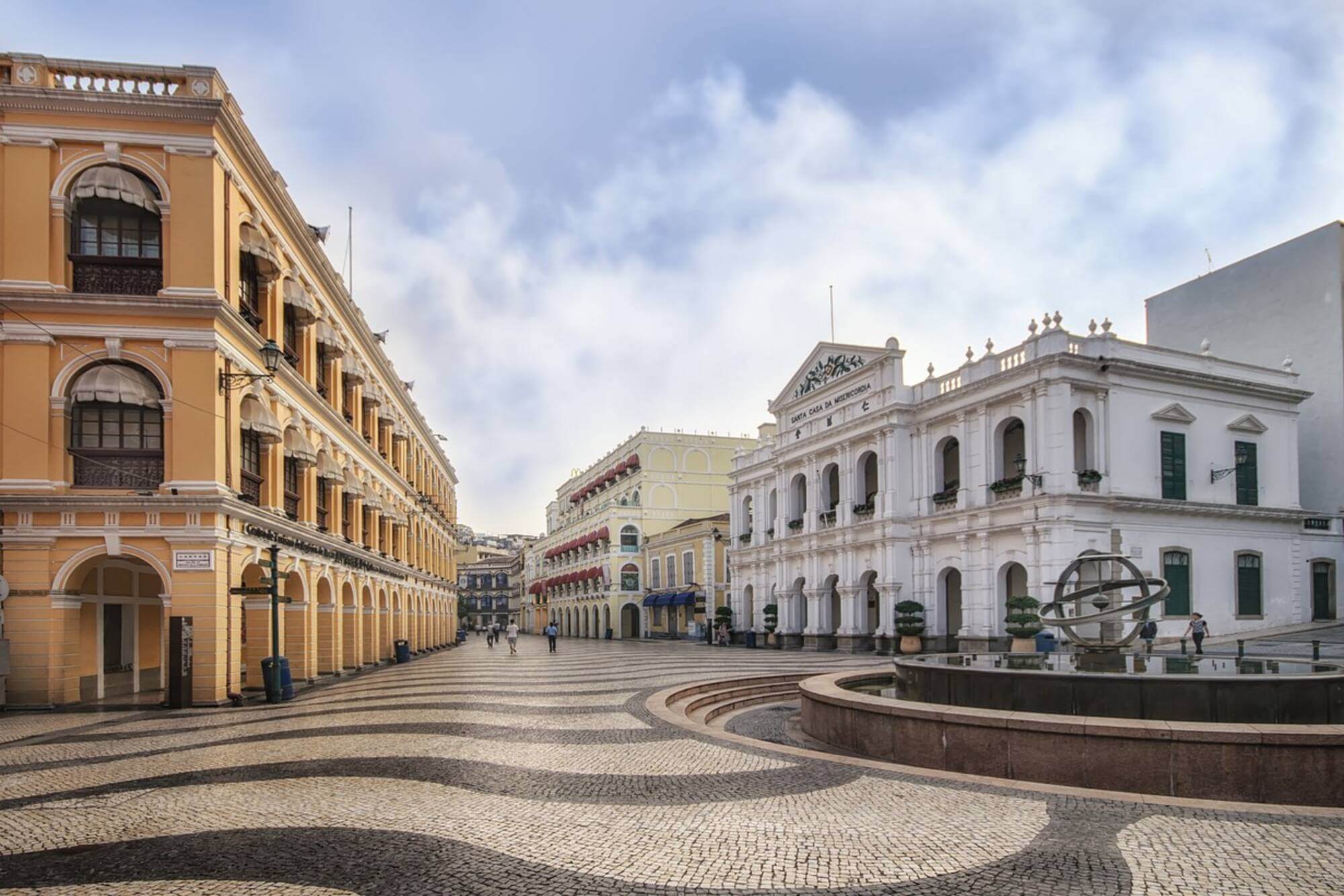
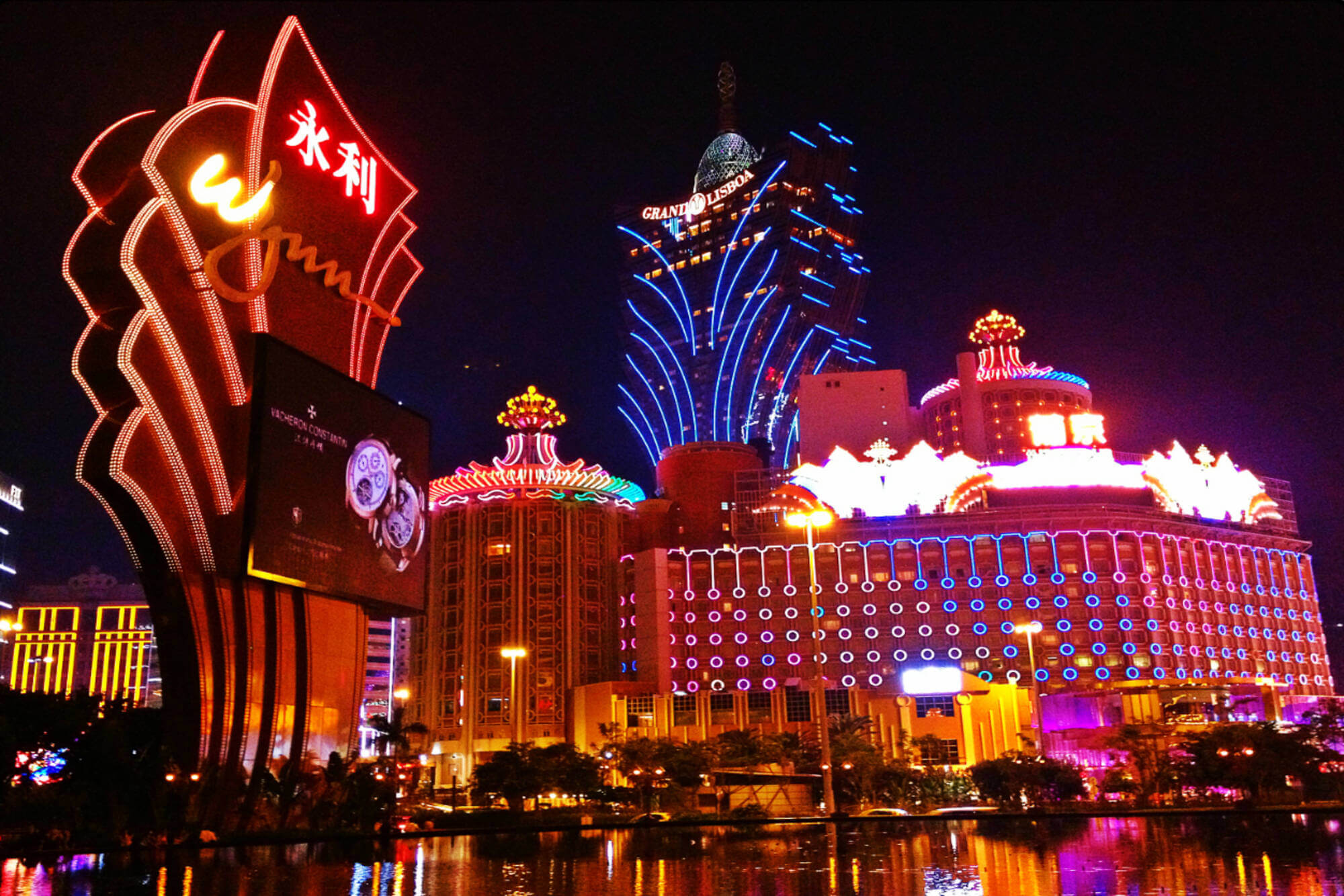
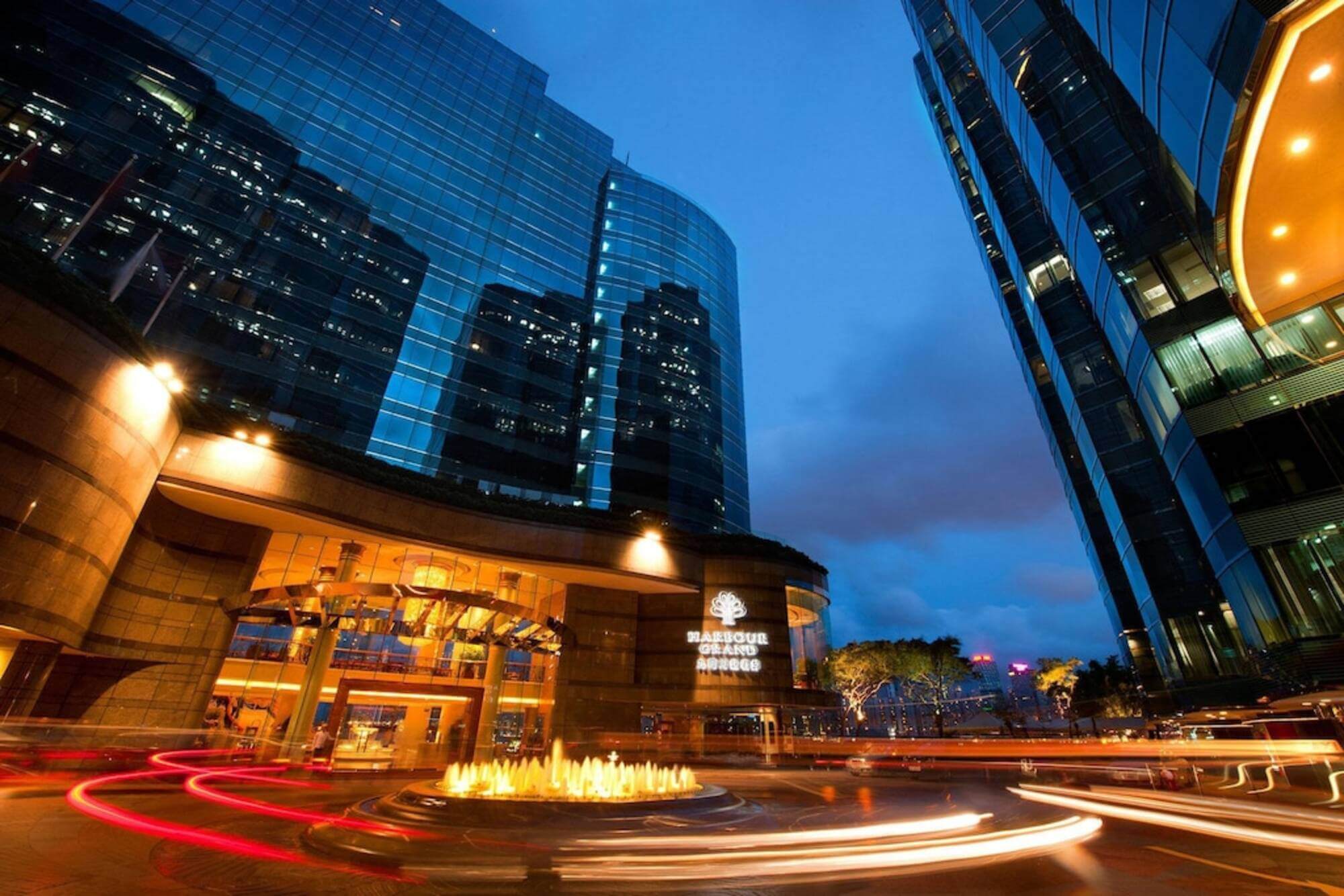

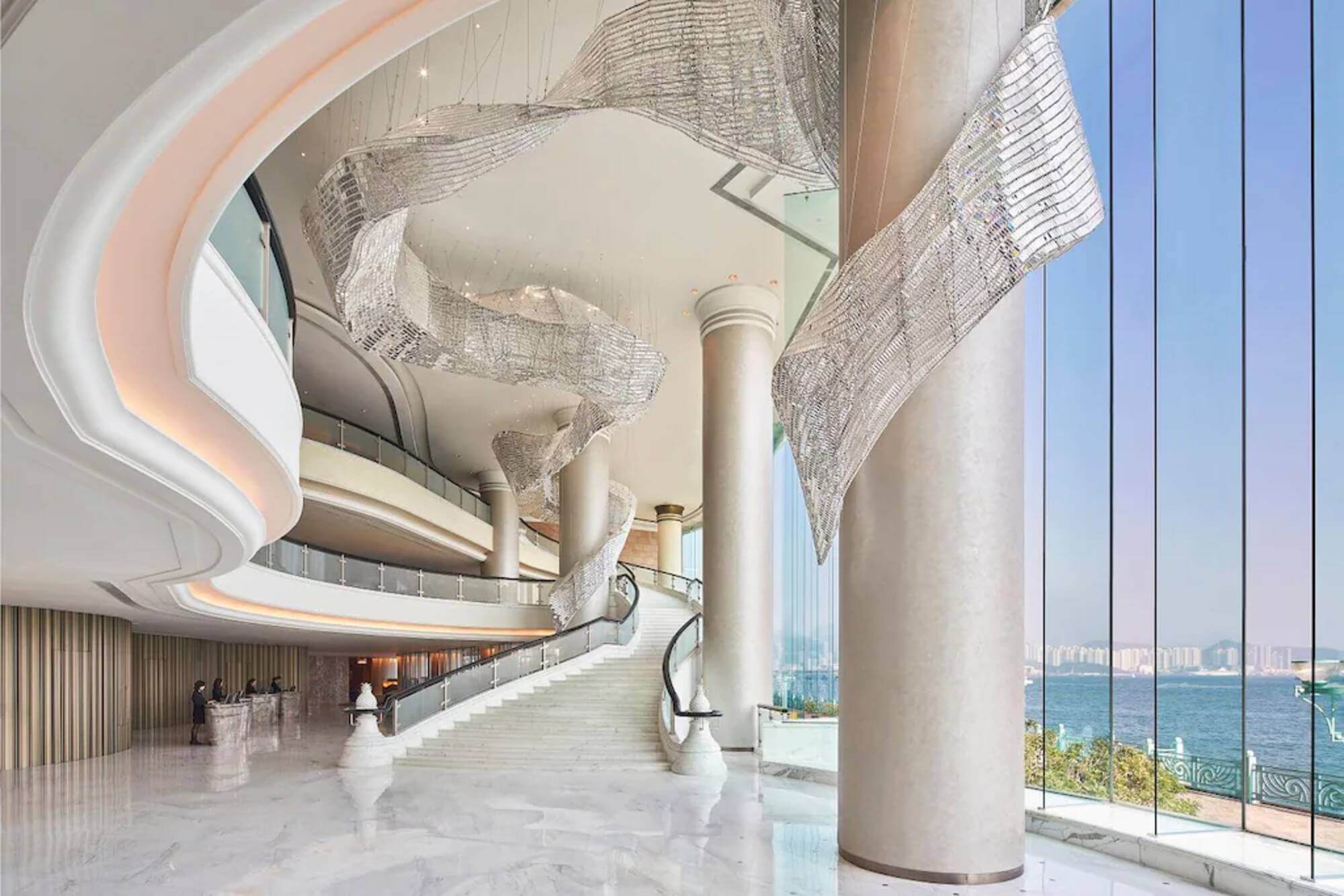
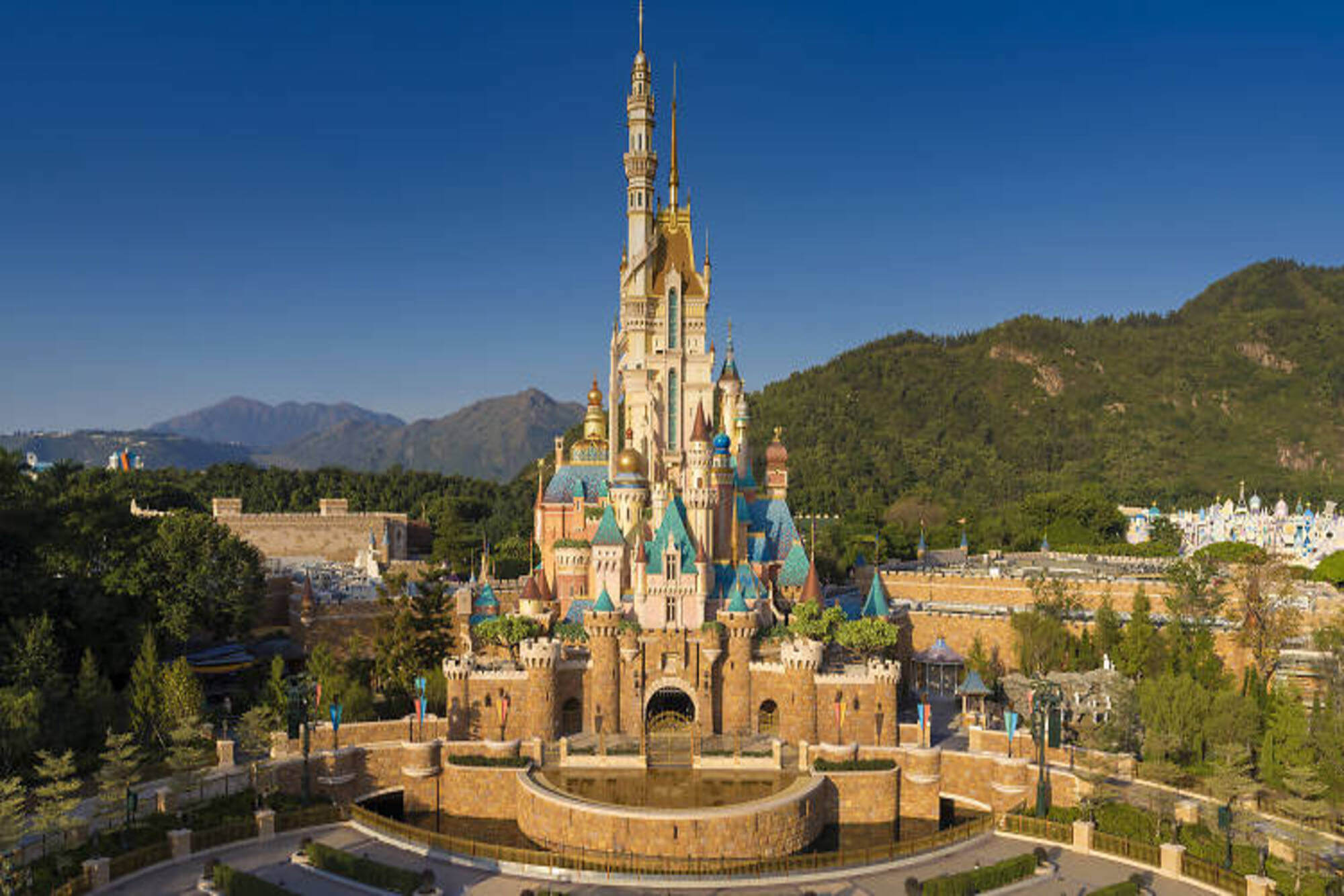
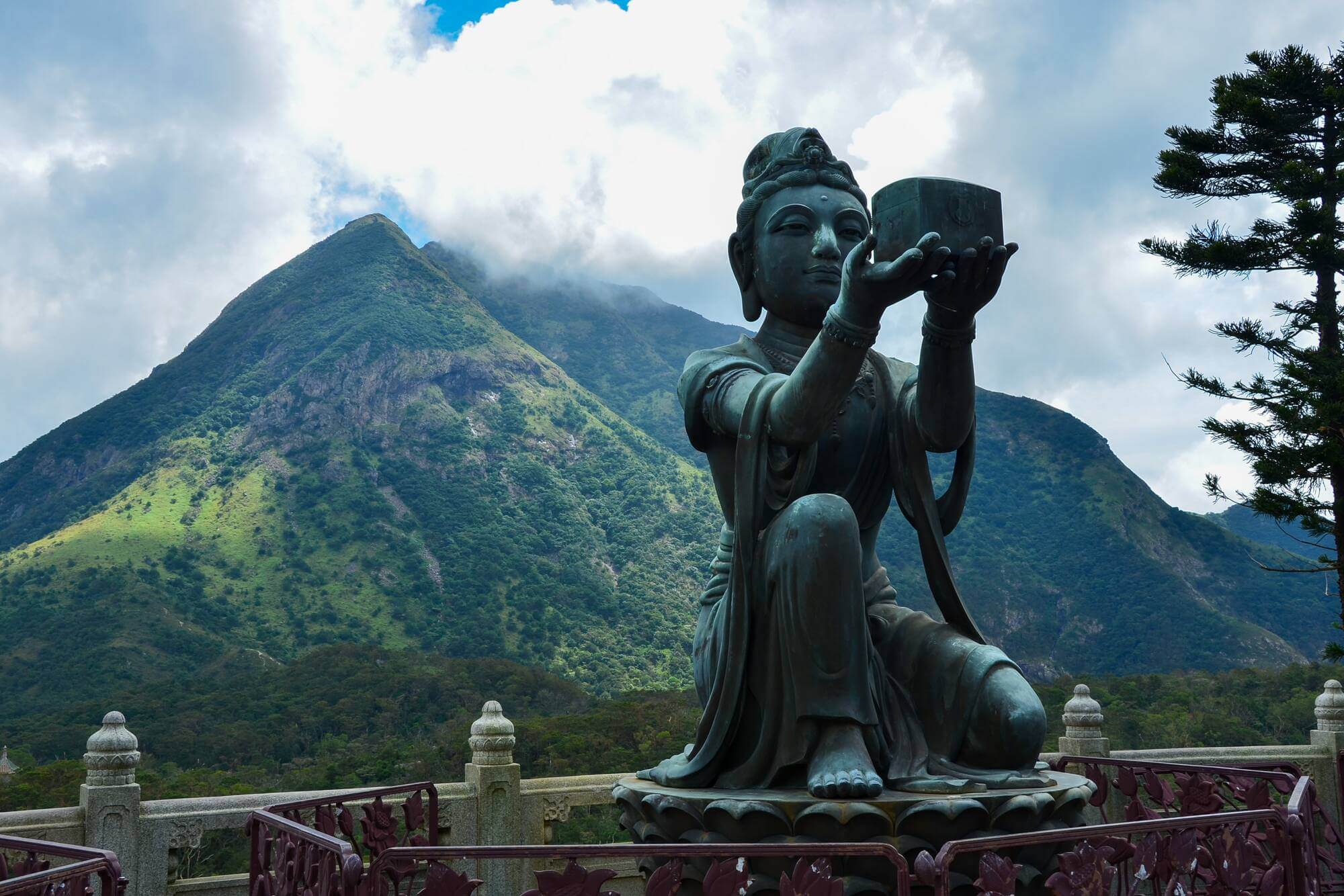
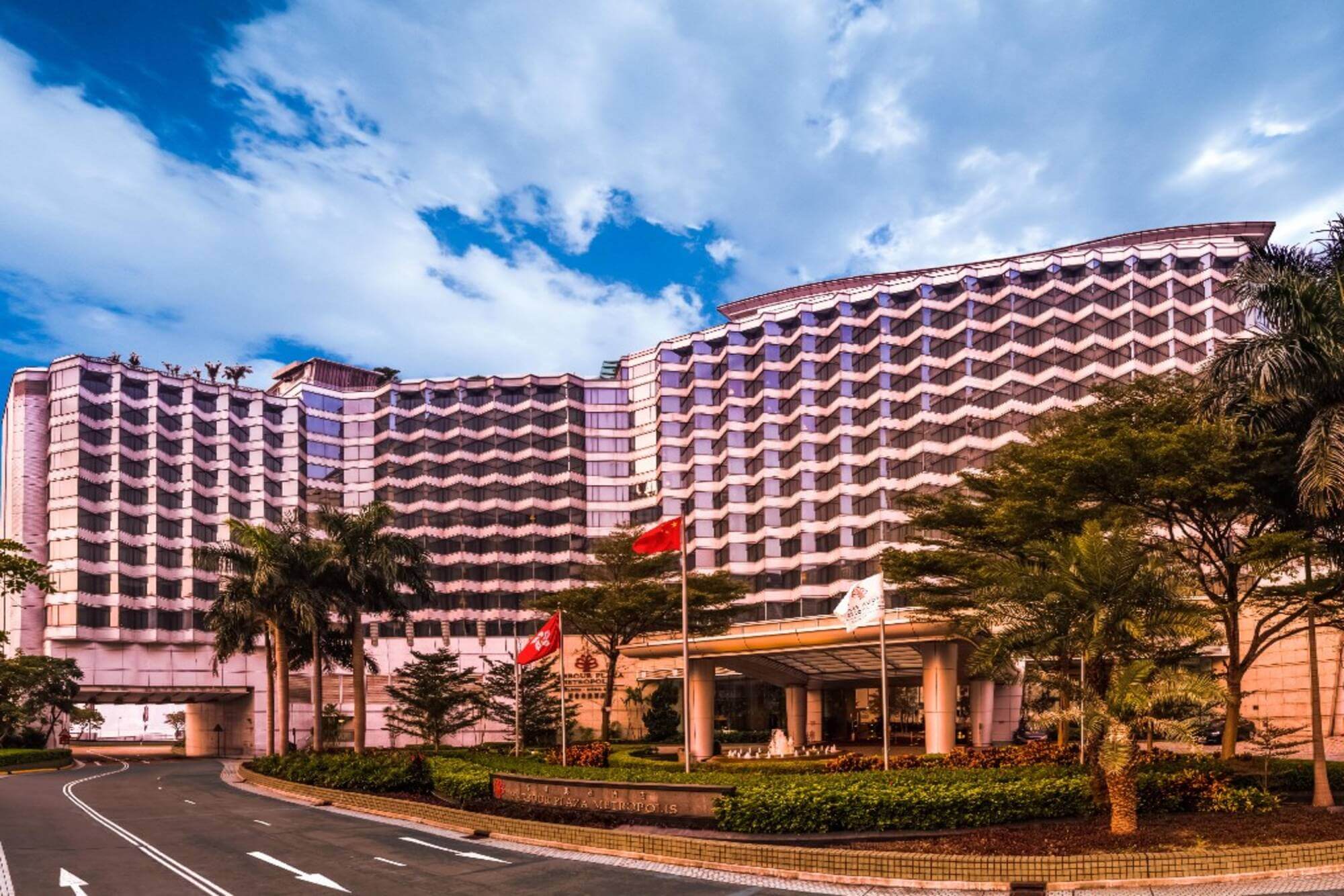
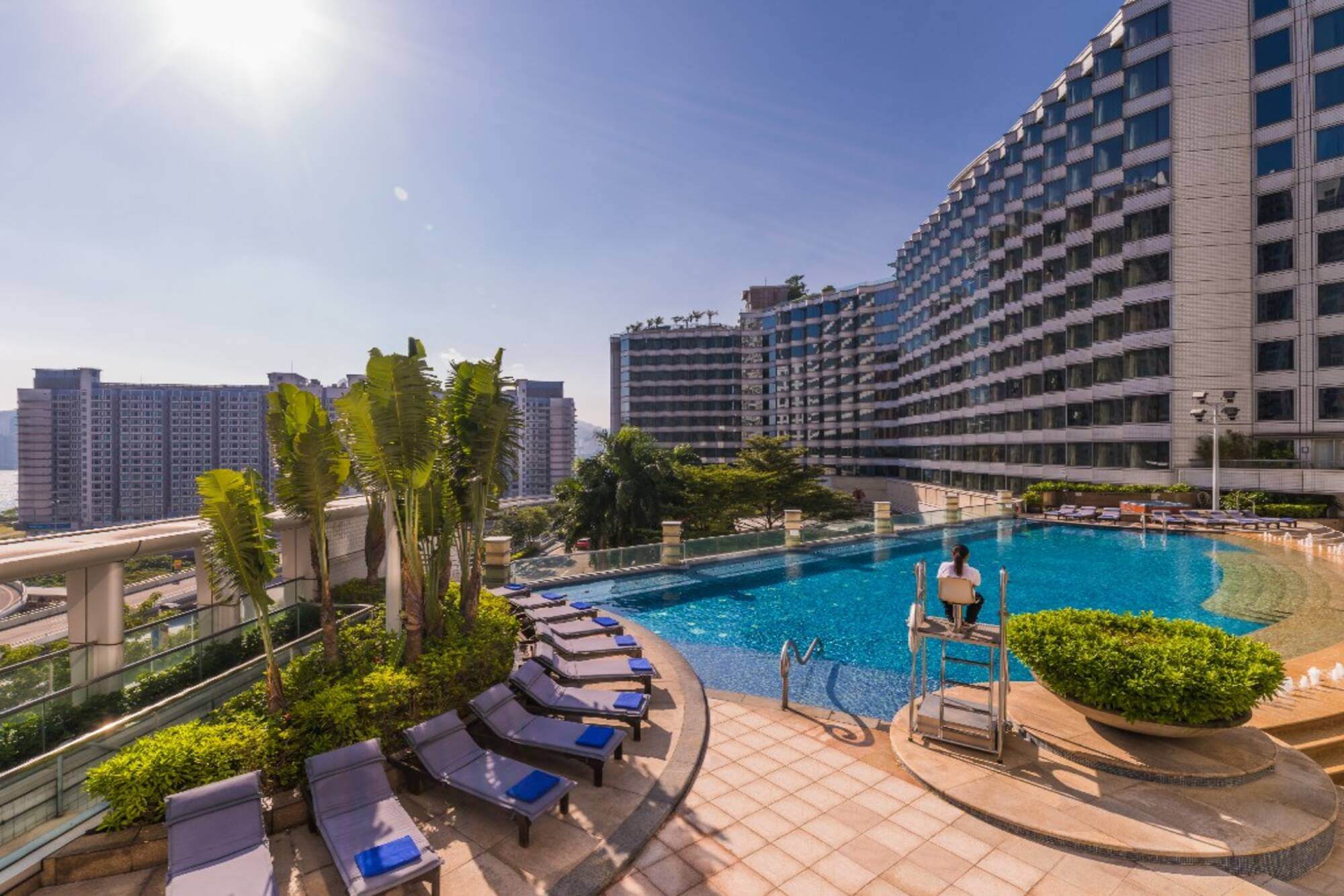
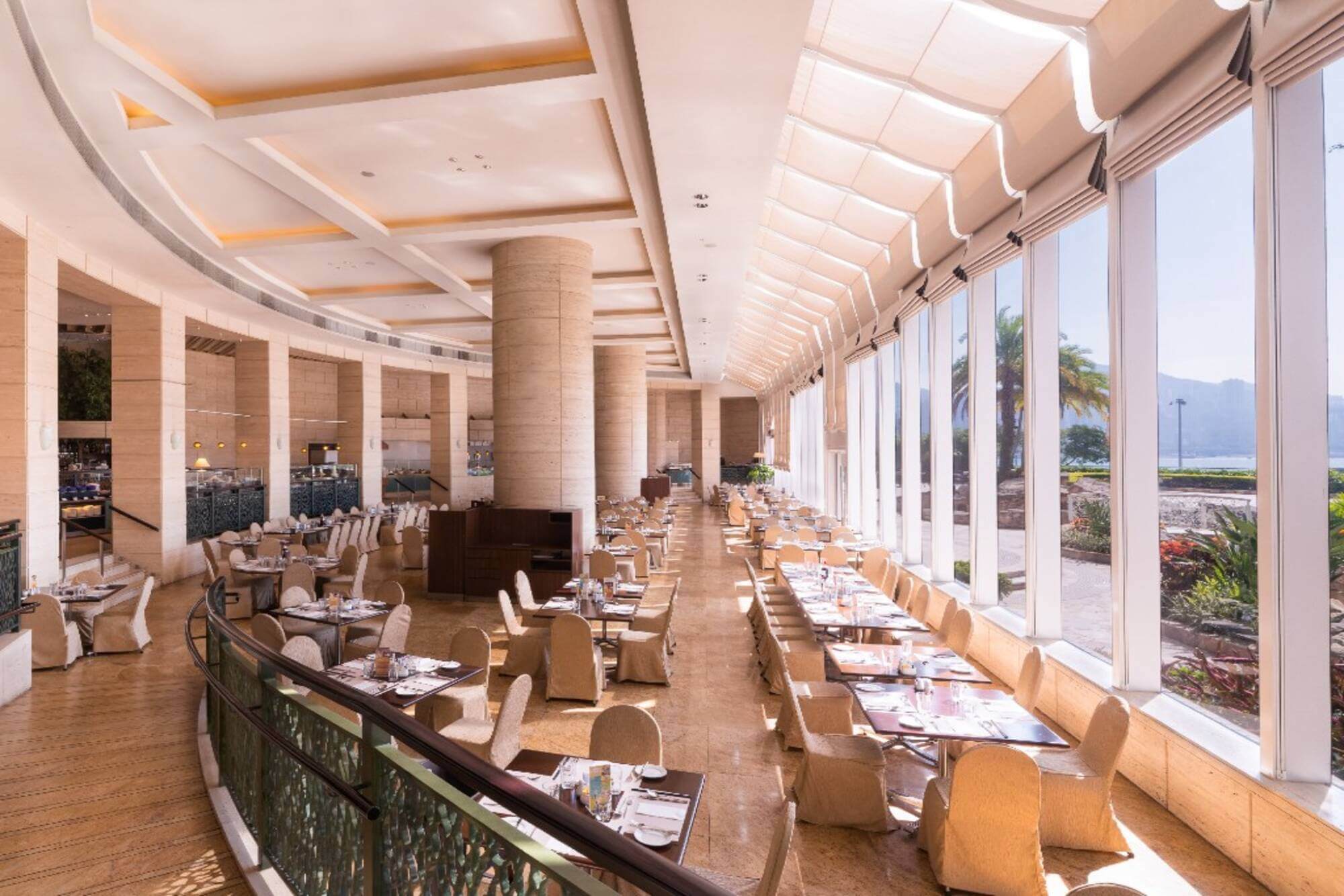
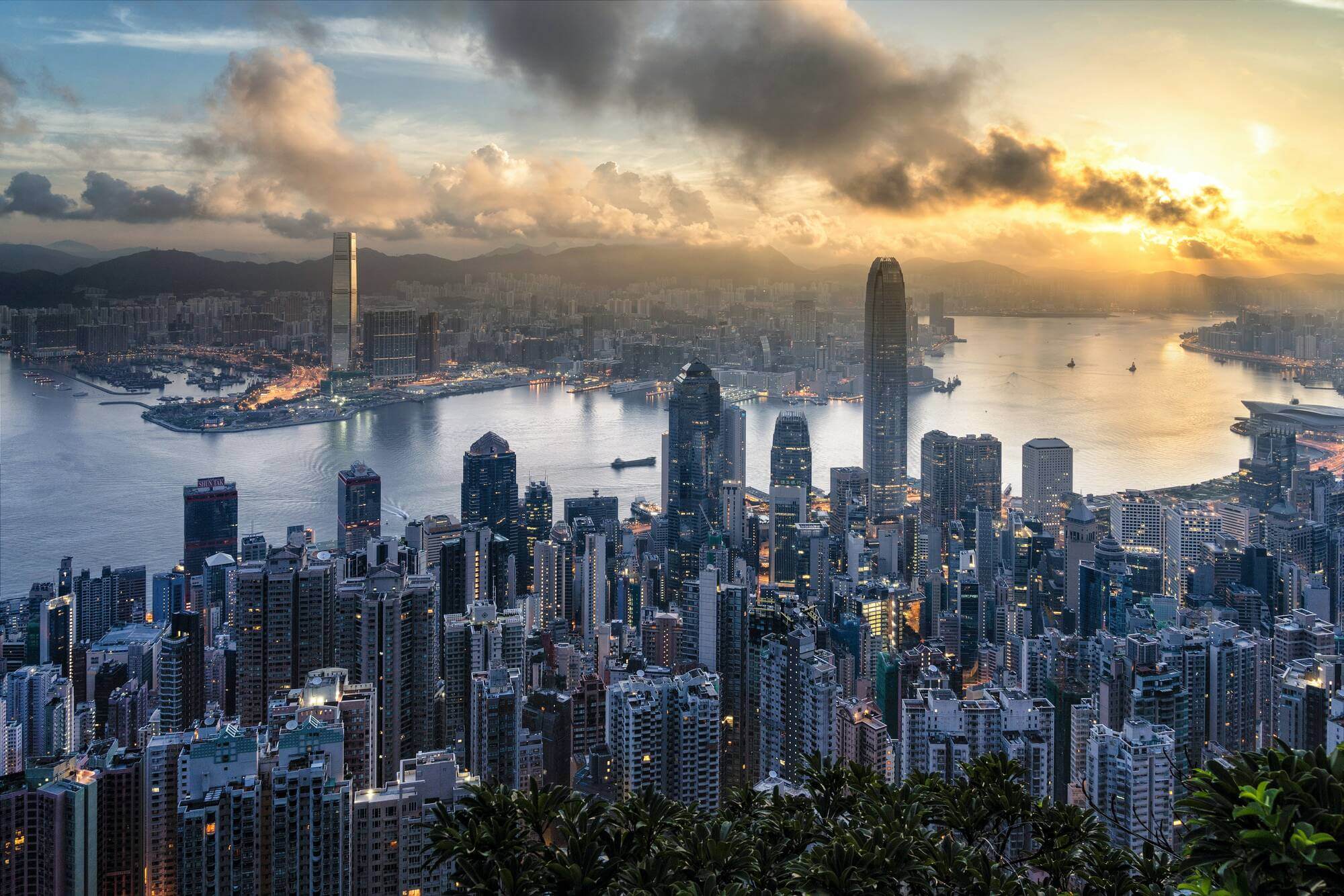

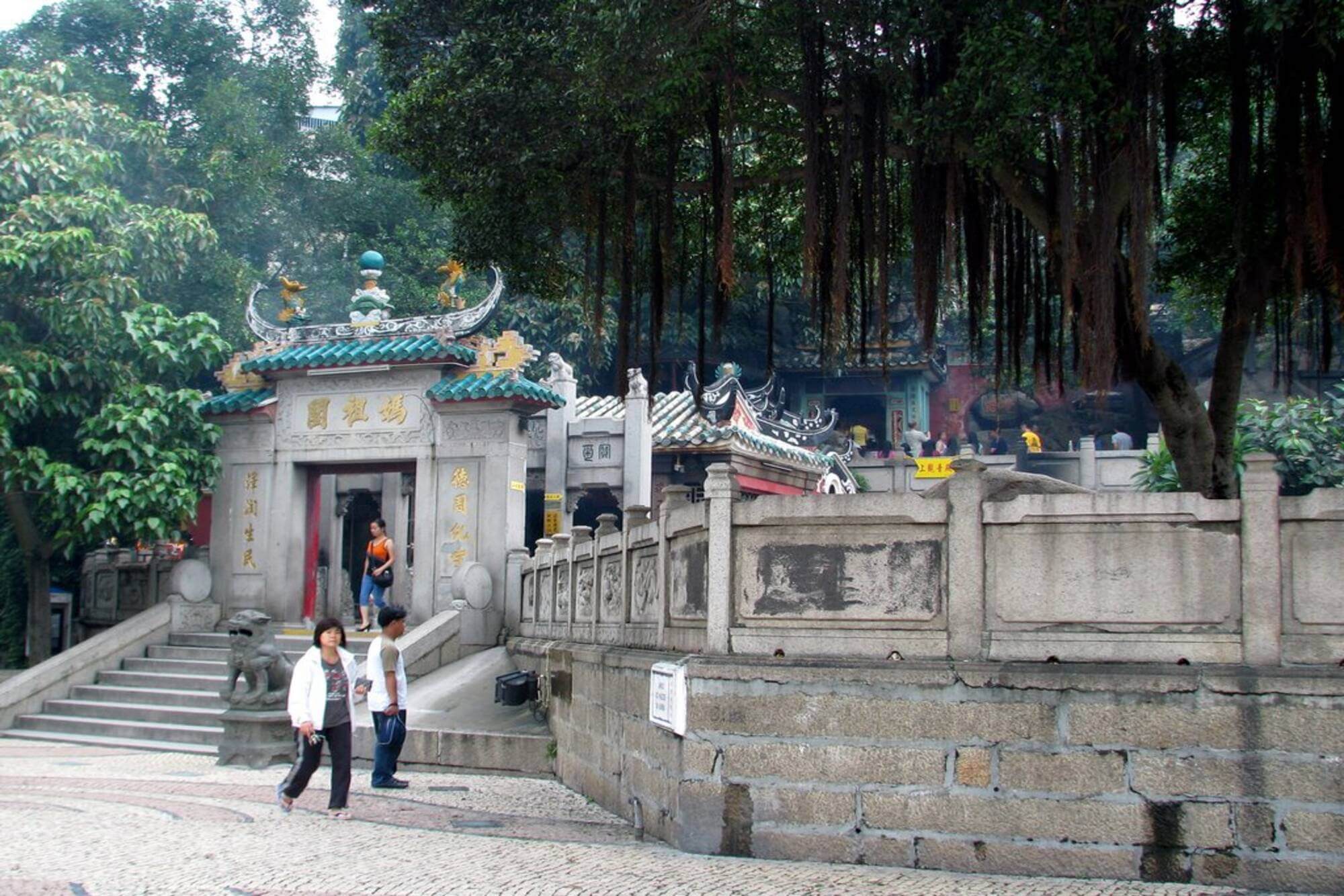
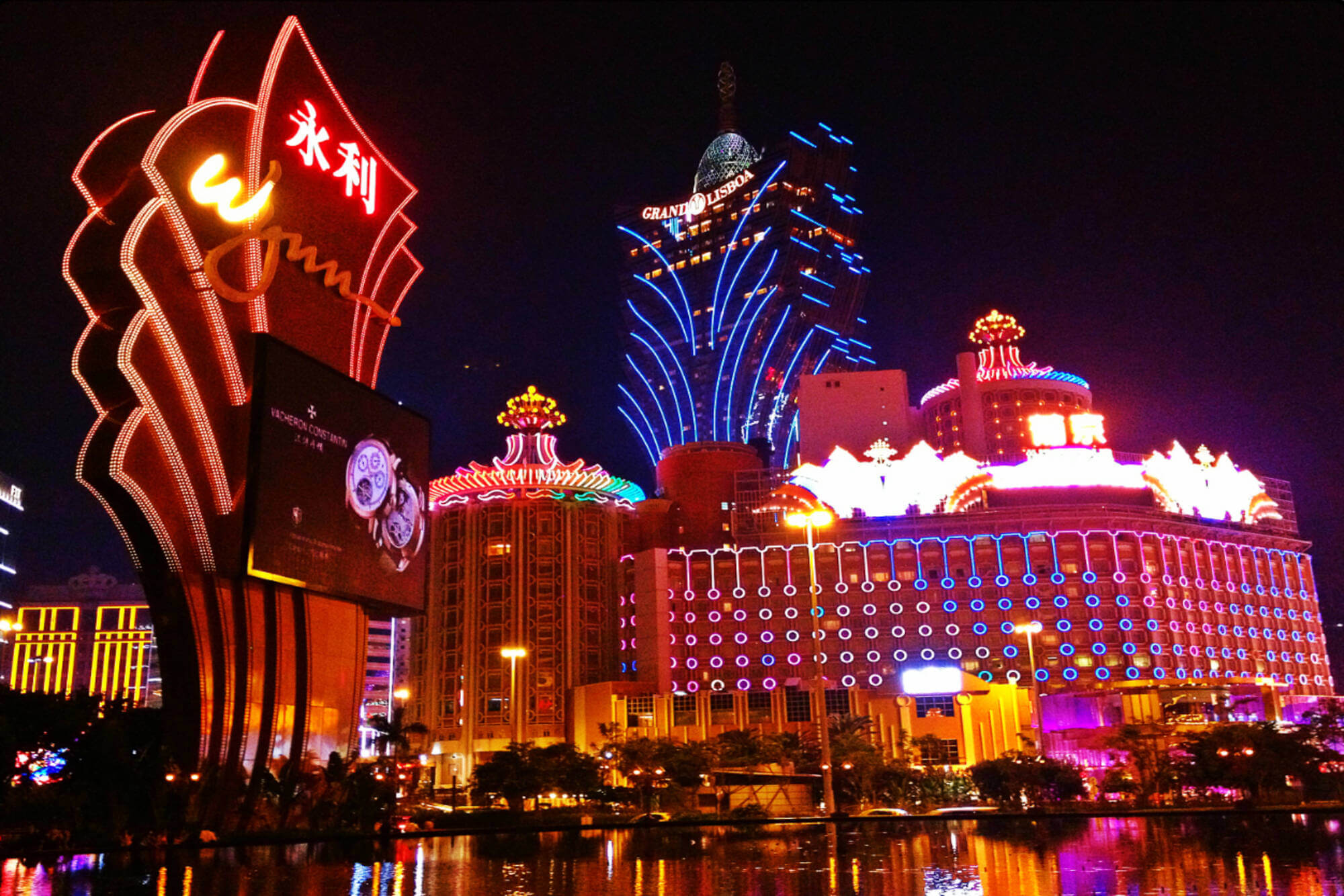

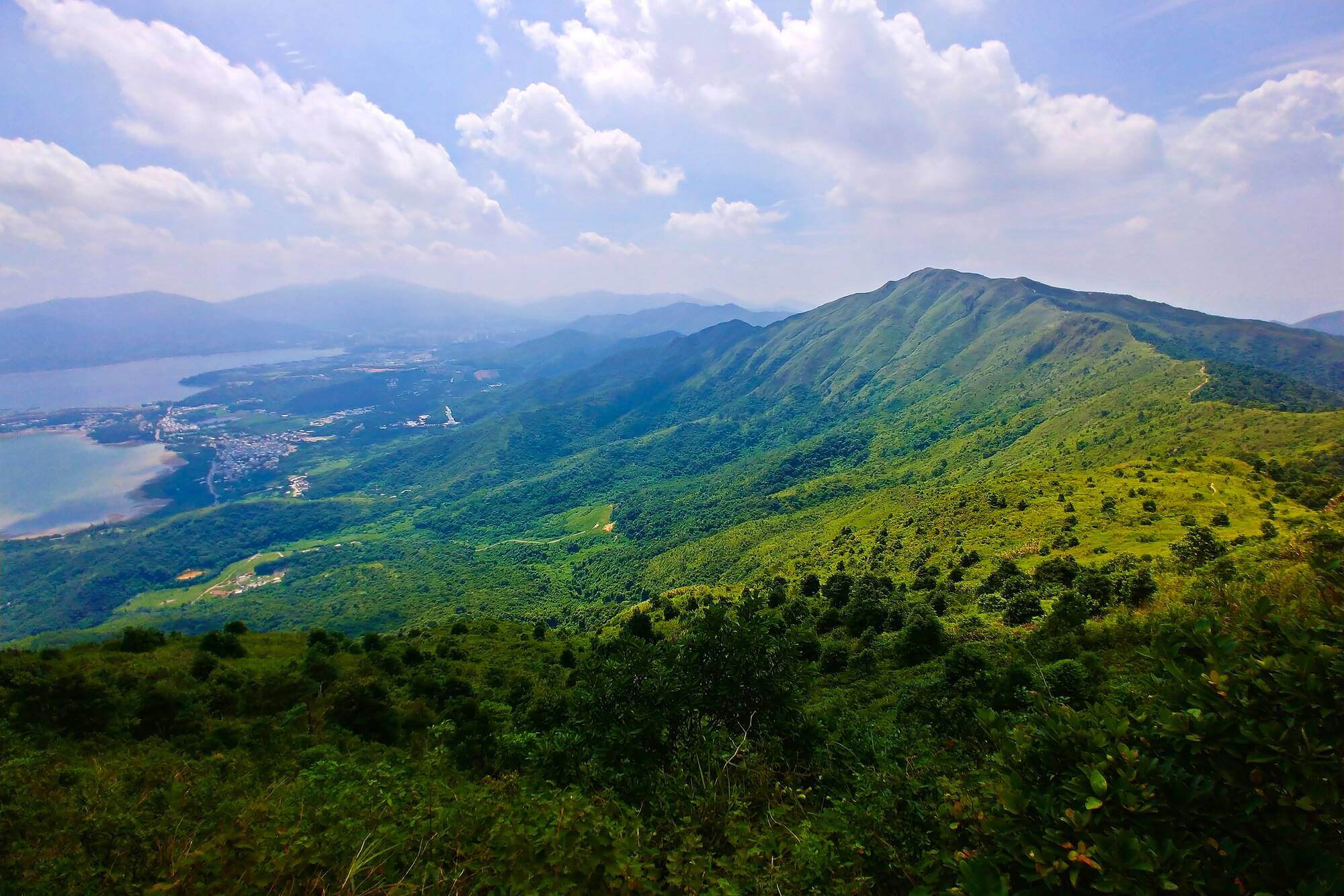


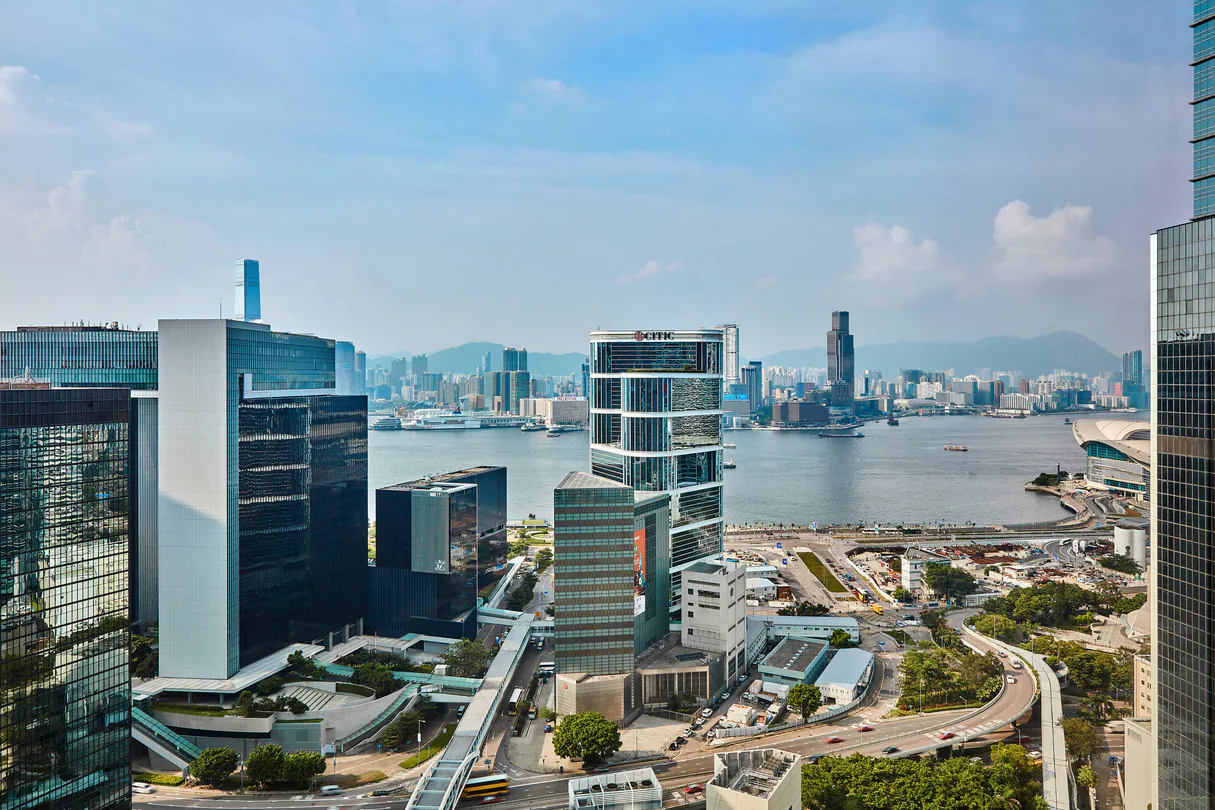
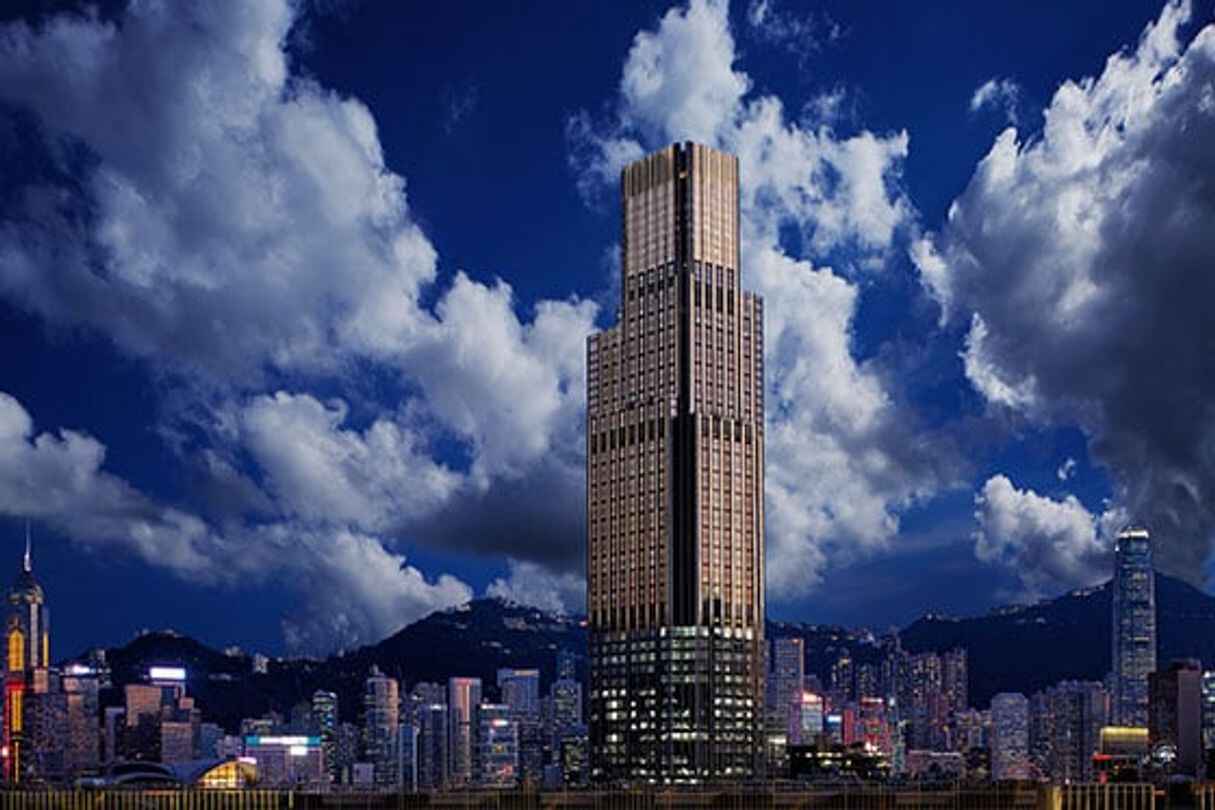
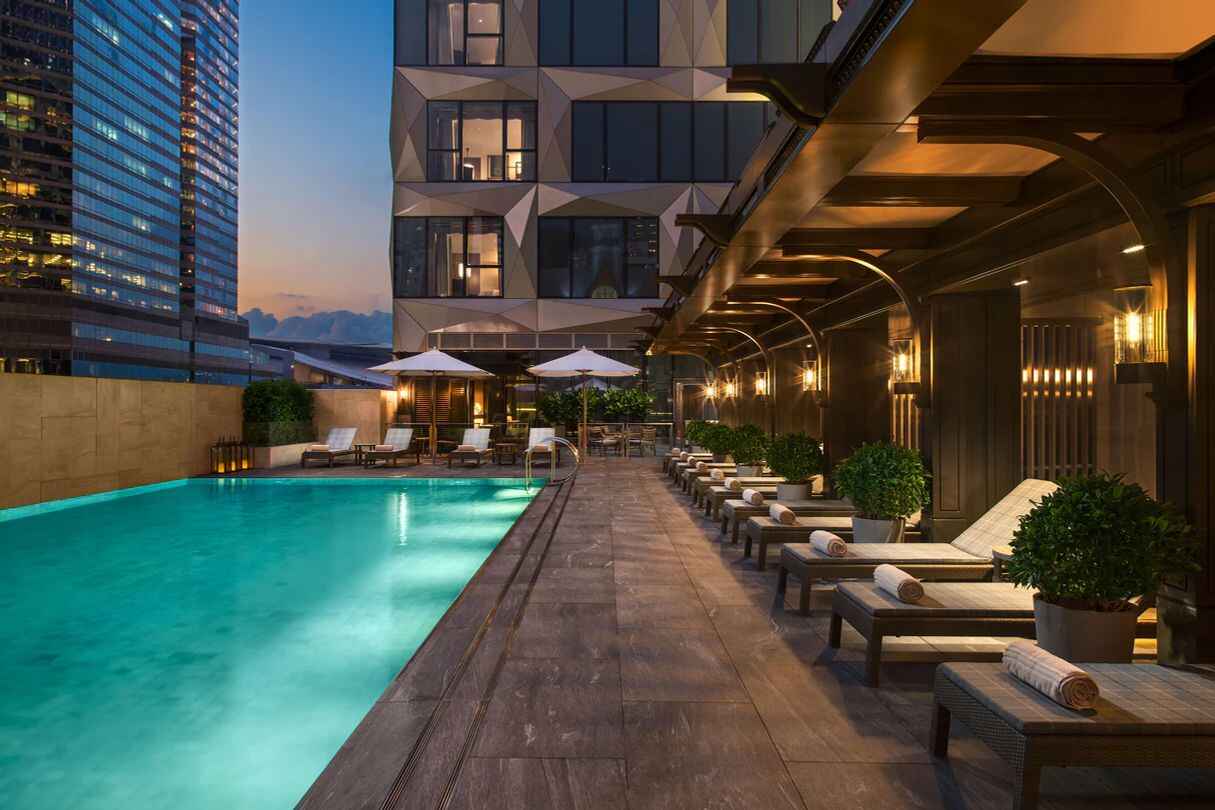

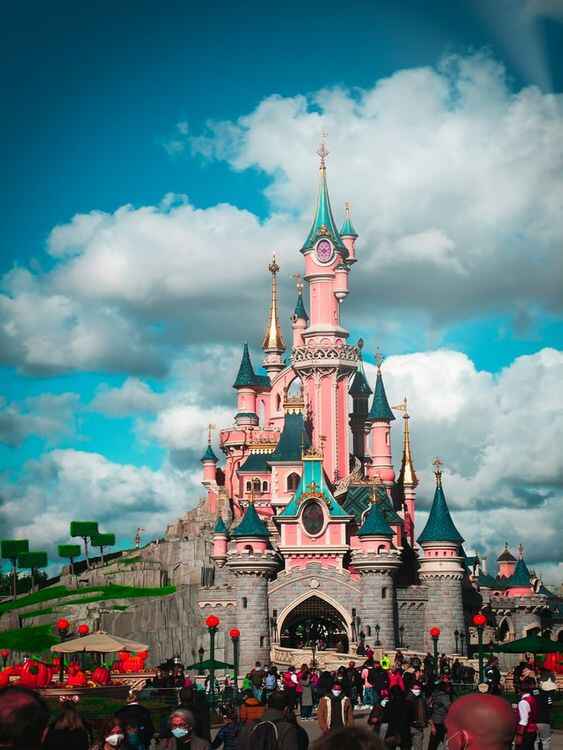
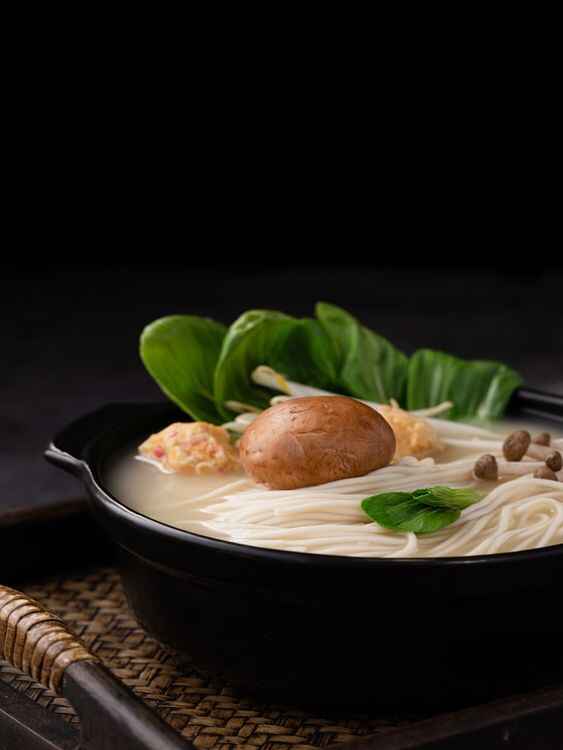

 Enquiry Now
Enquiry Now